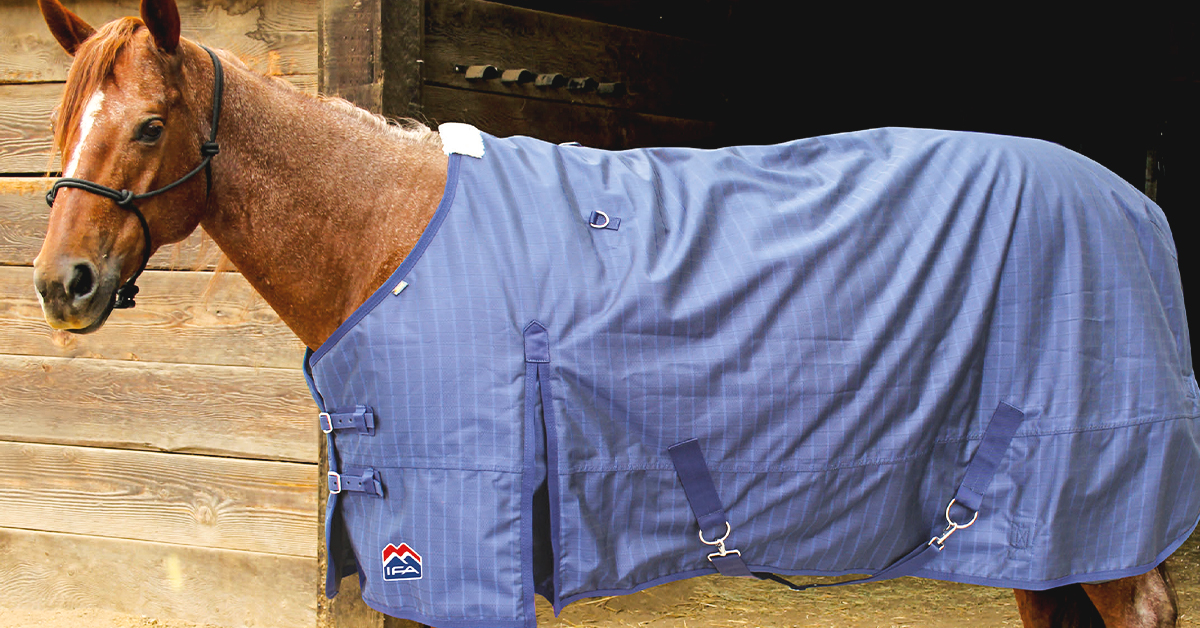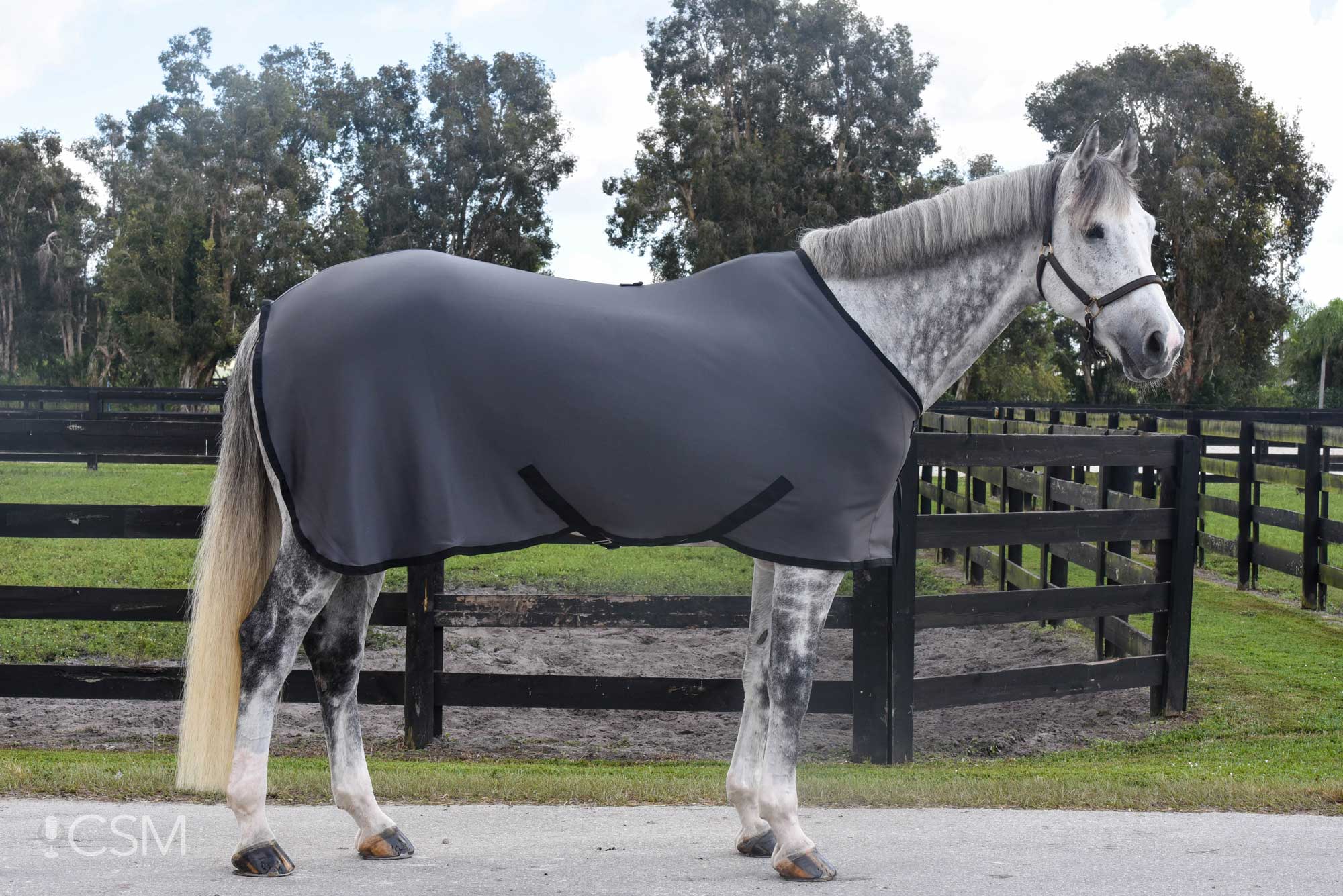
When to Blanket an Unclipped Horse: A Pet Owner's Guide?
Share
Understanding when to blanket an unclipped horse is a crucial consideration for any horse owner, especially those who prioritize the health and comfort of their equine companions. Horses, like humans, can be sensitive to temperature changes, and the right blanket can make a significant difference.
This article aims to provide health-conscious pet owners with valuable information regarding the factors influencing blanket usage, the signs that your horse might need protection, and how to select the right blanket. So, let's dive into the details!

Understanding Horse Temperature Regulation
Horses are remarkable animals with a natural ability to regulate their body temperature. However, their thermoregulation can be influenced by various factors, including coat condition, weather conditions, and health status. An unclipped horse will maintain its natural insulation through its coat, providing warmth in cooler temperatures.
Its essential to recognize the limits of a horses natural insulation. During extreme weather, a blanket might be necessary to prevent discomfort or health issues. Consider the following when deciding:
- Weather conditions: Is it raining, snowing, or windy?
- Temperature: Are the temperatures below or above typical thresholds for your horse?
- Horse's health: Is your horse old, young, ill, or recovering from an injury?
Signs Your Horse Needs a Blanket
Recognizing when your horse may require a blanket is vital. Below are some signs to consider:
1. Shivering
If you see your horse shivering, its an indication that it is too cold and needs a blanket for warmth.
2. Excessive Hiding
Horses may seek shelter and hide as a response to chilliness. If your horse is staying in a sheltered space away from the elements, that could be a sign that it requires a blanket.
3. Weight Loss
Continuously losing weight during colder months may indicate your horse is expending too much energy to keep warm.
4. Coat Condition
Look for changes in the coat's density or overall condition. A thin or wet coat may not provide adequate protection.
Choosing the Right Blanket
When the decision is made to blanket, choosing the right one can be tricky. Consider the following factors:
1. Type of Blanket
There are various types of horse blankets available, including turnout blankets and stable blankets. Each serves different purposes based on the horse's needs.
2. Material
Blankets come in a variety of materials, including waterproof and breathable options. Select a material that matches your horse's environment.
3. Correct Fit
A properly fitting blanket is crucial. Refer to guides such as how to measure your horse to ensure comfort and effectiveness.
4. Adjustability
Look for features like adjustable straps for a customizable fit to accommodate your horse's frame.
Best Practices for Blanketing Your Horse
Here are some best practices for blanketing:
- Ensure the blanket is clean and dry before use.
- Check for any injuries or irritations before placing the blanket on the horse.
- Adjust the blanket as needed based on temperature changes or your horse's activities.
- Remove the blanket during warm, sunny days to prevent overheating.

FAQs About Blanket Use
1. How often should I check my horse under the blanket?
Its advisable to check your horse at least once a day to ensure they are comfortable and the blanket is fitting correctly.
2. Can I blanket without clipping my horse?
Yes, many horse owners choose to blanket unclipped horses. However, monitoring your horse's body temperature is essential to prevent overheating.
3. What are the risks of not blanketing in cold weather?
Failing to blanket a horse in cold, damp conditions can lead to health issues like colds or respiratory problems due to prolonged exposure.
For those looking for more information on blanketing horses, check out this link: when to blanket a horse.
As an Amazon Associate, I earn from qualifying purchases.
